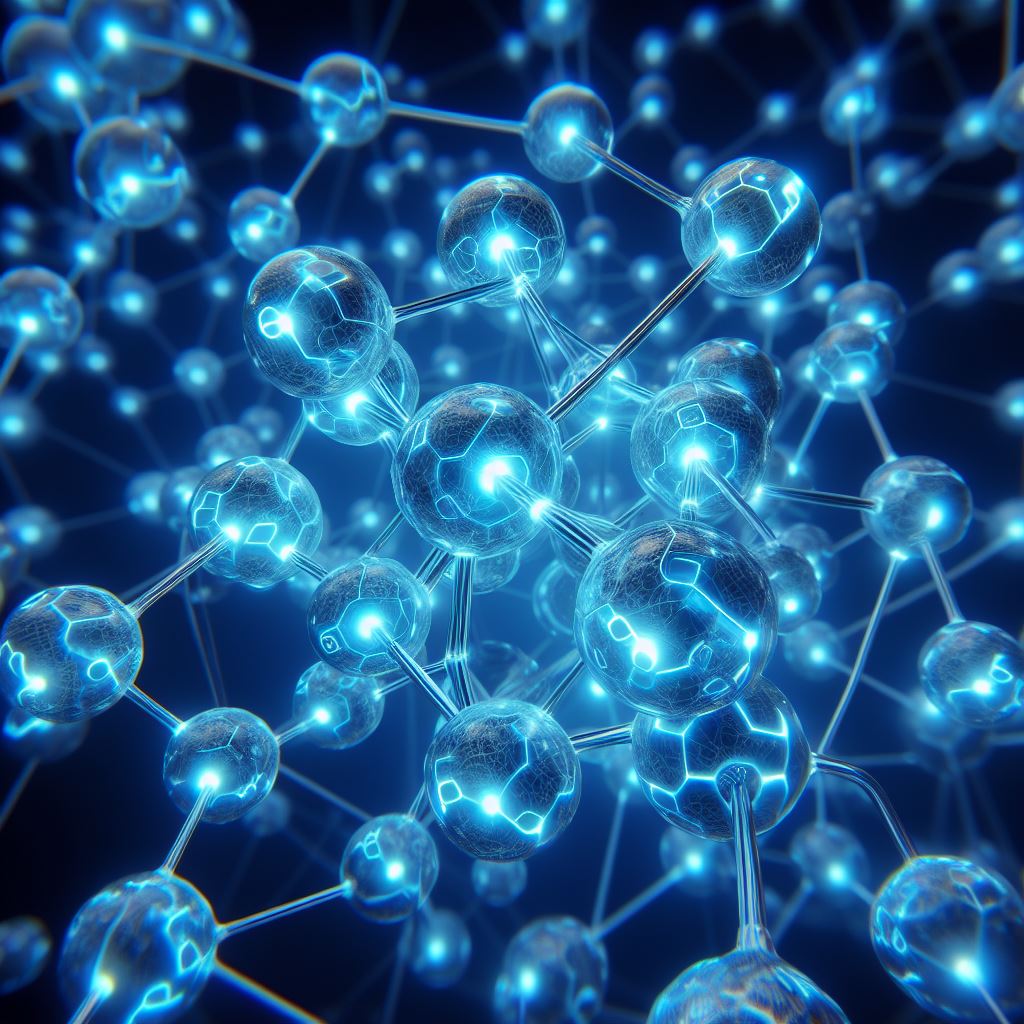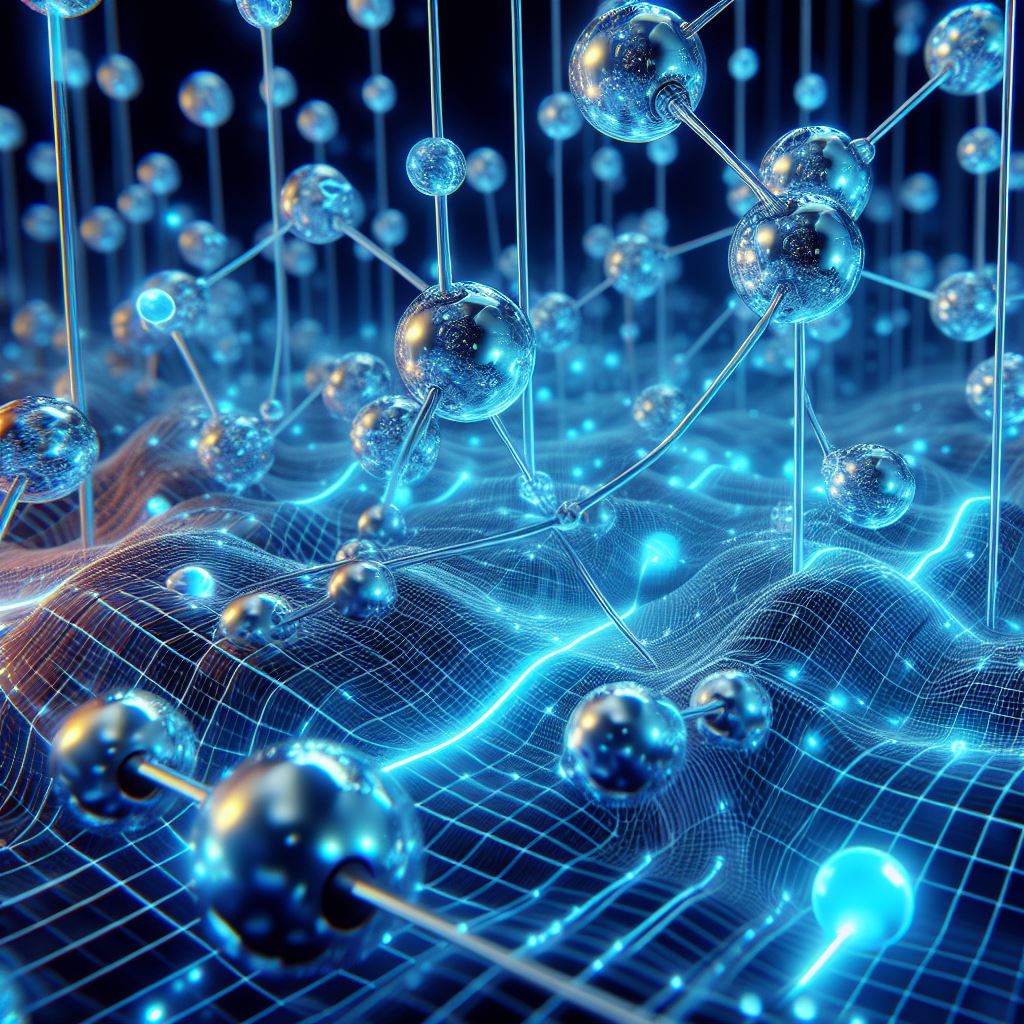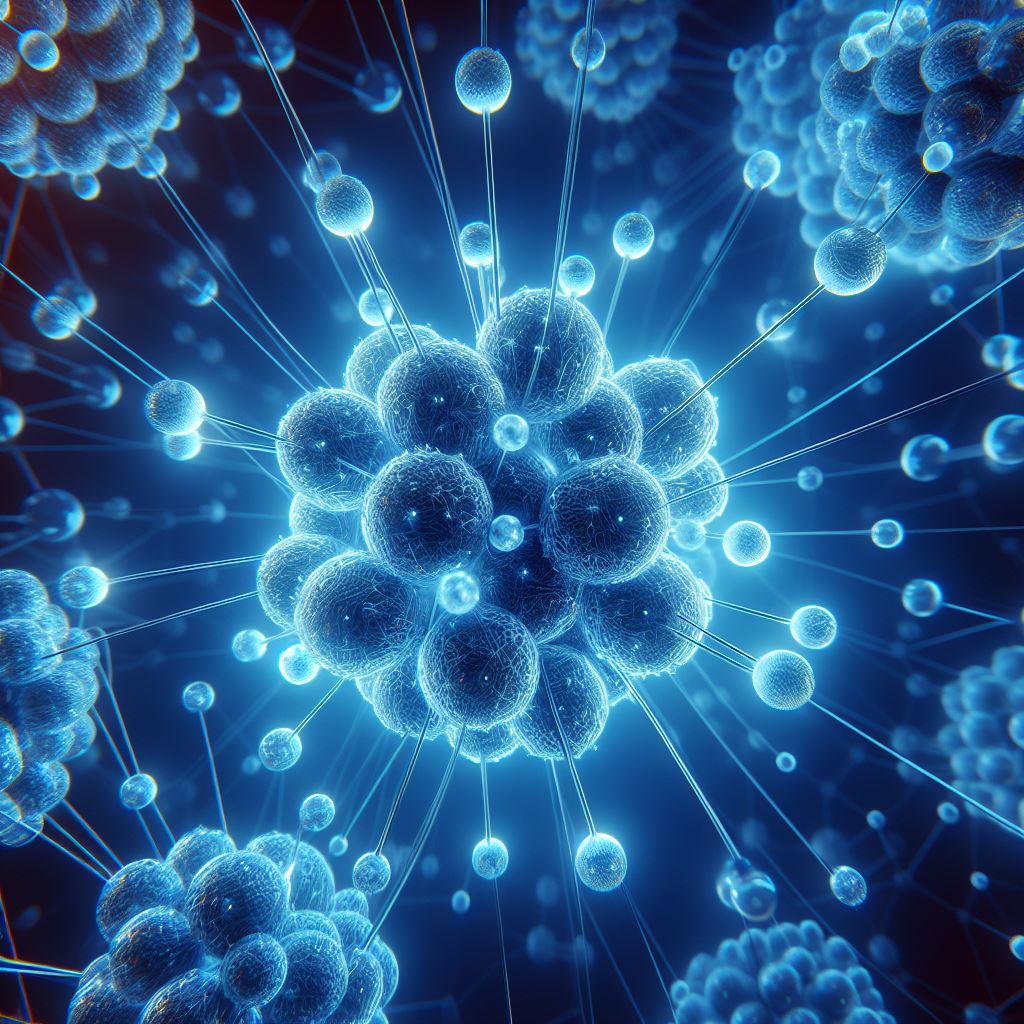Electronic Metamaterials for Microelectronics
Challenge: Novel electronic phenomena often found in “exotic” material systems not compatible with today’s microelectronics, preventing lab-to-fab translation
Solution: Manipulate crystal symmetry to design next-generation electronic materials with breakthrough (and often negative) properties in CMOS-compatible materials already in today’s microelectronics
Atomic Engineering
Symmetry breakers: superlattices & dimensionality, 3D materials to the 2D limit, metastable polymorphs, electric field
Dimensionality & Superlattices: Nature 2022 | Nature 2024
Composition control: Nature 2024
Thickness control: Science 2022 | Nature 2022
Electric field control: Nature 2024
Temperature control: Science 2022

Building Blocks
Atomic-Scale Ferroelectricity: Nature 2020 | Science 2022
Ferroic Phase Transitions: Science 2022 | Nature 2024
Frustrated FE-AFE Order: Nature 2022

Atomic Layer Synthesis & Processing
Accelerated wafer-scale materials discovery
Lab-to-Fab Wafer Scale: Nature 2022 | Nature 2024
Template-free amorpho-taxy: Nature 2020 | Science 2022
Atomic-scale superlattices: Nature 2022 | Nature 2024
3D conformal growth: Nature 2024
Atomic-layer deletion: soon

Unprecedented Electronic Properties
Negative phenomena: capacitance, piezoelectricity, compressibility
Overcoming fundamental trade-offs in thin film materials
Negative Capacitance: Nature 2022 | Nature 2024 | IEDM 2022a
Negative piezoelectricity: Nature 2020 | Science 2022
Reverse size effects: Nature 2020 | Science 2022
Permittivity-Bandgap: Nature 2022
Permittivity-Breakdown: Nature 2024

